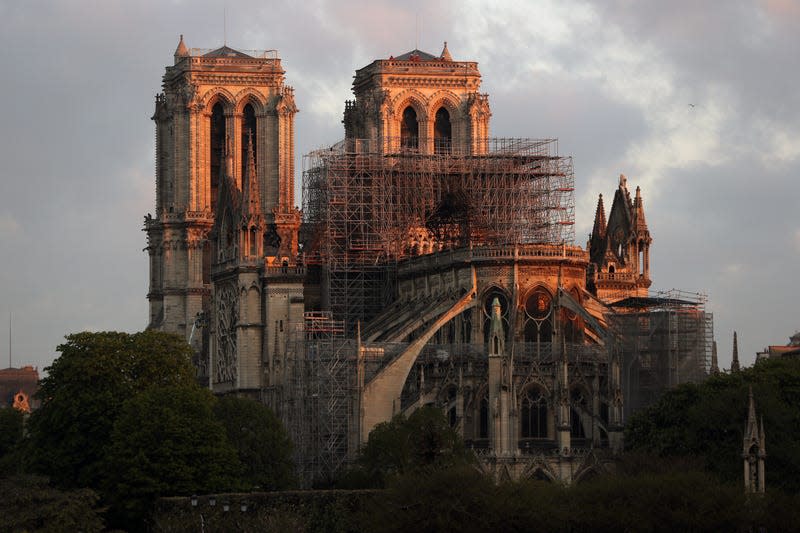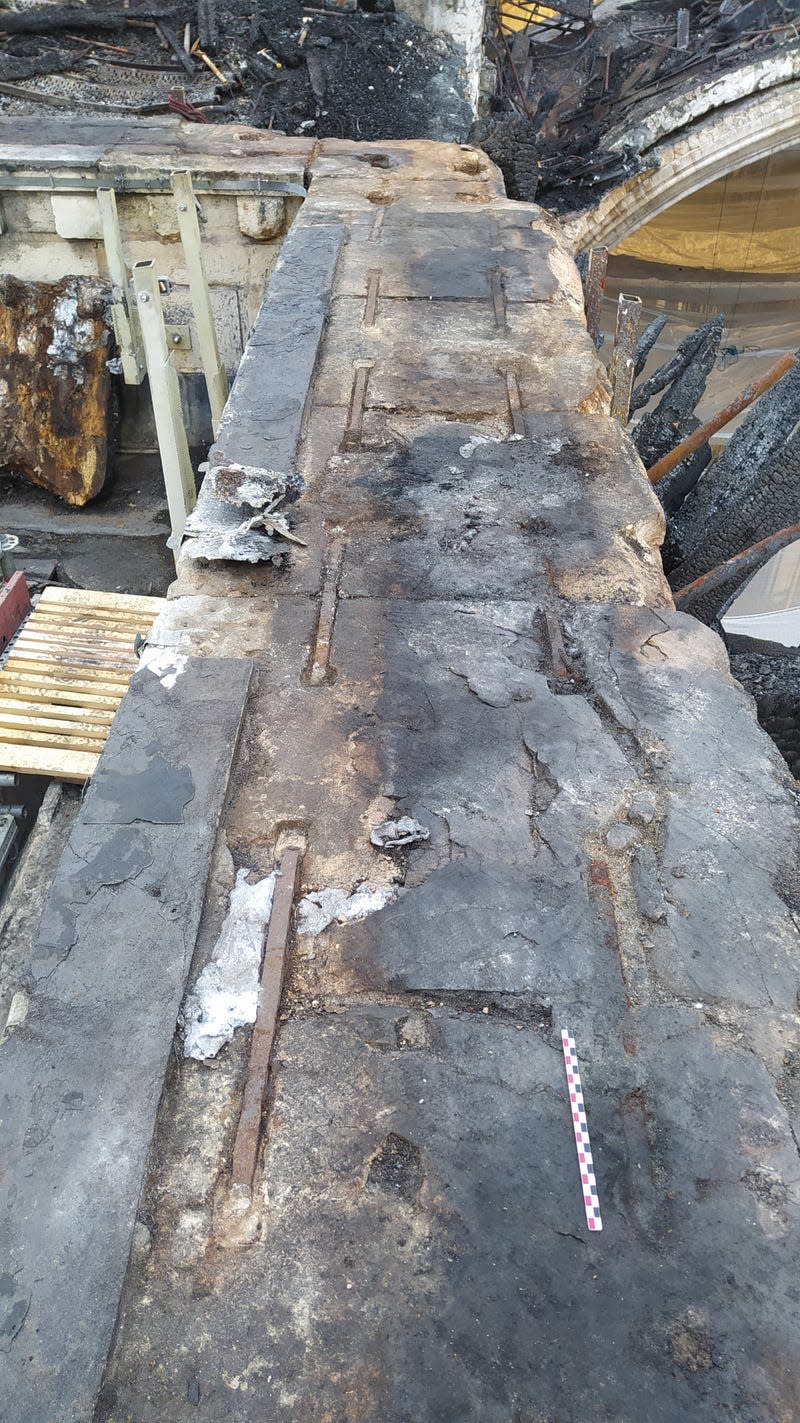Notre-Dame Repair Reveals Another Historic First: 800-Year-Old Iron Reinforcements

Scientists working on the scorched interior of Notre-Dame de Paris have found iron was used in the cathedral’s construction in the mid-12th century. It’s an unexpected discovery that changes how researchers thought the church was built, and provides surprising insights on the iron trade in 12th-century Paris.
The findings were made possible—ironically—by the devastating fire that swept through the famous cathedral in April 2019 during planned renovations. The fire destroyed most of the church’s roof and prompted unprecedented repair work on the building, which is expected to reopen in 2024. Groundbreaking on Notre-Dame de Paris began in 1163, and construction was completed in 1345.
Read more
These Winning Close-Up Photos Show Life That's Often Overlooked
Remembering Enterprise: The Test Shuttle That Never Flew to Space
The process of restoring the cathedral to its former glory has opened up opportunities to study aspects of the church’s construction that had been overlooked or impossible to analyze when the building was intact.
Most recently, a team of archaeologists and conservationists found and dated iron staples found in the cathedral’s tribunes, nave aisles and upper walls. The team’s research was published today in PLoS One.
“The fire has shed light on certain uses of iron, such as the staples on the top of the upper walls which were totally hidden by the framework,” said Maxime L’Héritier, an archaeologist at the Centre National de la Recherche Scientifique and the study’s lead author, in an email to Gizmodo. “We could not have seen them without the blaze or a huge restoration.”

Iron staples in the top of one of Notre-Dame’s walls.
French authorities said the fire that tore through Notre-Dame on April 15, 2019, was likely caused by an electrical malfunction or a burning cigarette. Over the course of 15 hours, the blaze toppled Notre-Dame’s iconic spire and destroyed “la forêt” (literally, “the forest”) of cut oak trees that made up the church’s rafters. The church’s roof, spire, and other components were made of lead, which spewed toxic fallout over Paris as Notre Dame burned.
L’Héritier added that other medieval French cathedrals—in Bourges, Chartres, Reims, and Beauvais—all make use of iron armatures, as well as iron tie-rods and chains. But those structures were built later than Notre-Dame, indicating that the hallowed cathedral of Paris set the stage for what came after, from its scale down to its staples.
“We believed that these great building yards of the 13th century had invented these construction processes using iron armatures, but now it seems that it all occurred at Notre-Dame,” L’Héritier said.
The staples were inserted at specific points in Notre-Dame’s architecture that the researchers said are load-bearing (or would’ve been, before the blaze), indicating the iron crucially improved the cathedral’s structural integrity. The staples straddled stones, binding walls together.
The iron, L’Héritier said, made it possible to build Notre-Dame’s “ slender gothic architecture,” including its iconic flying buttresses and thin vaults, aspects of the building that make it appear elegant despite its massive scale.
While the staple discovery was unexpected, it was not the first surprise to come out of the Notre-Dame restoration. In March 2022, archaeologists announced that workers assessing the stability of the cathedral’s floor discovered two lead sarcophagi amidst post-Napoleonic plumbing. Later in the year, one set of the remains was identified as Antoine de la Porte, a church authority with “extraordinarily good teeth” who died in 1710. (The identification wasn’t difficult—de la Porte had a plaque on his coffin.)
The other remains date to the 14th century and have not been identified, but the individual had a deformed head, wore a flower wreath, and was likely a horse rider based on the condition of the skeleton’s hips, according to the Guardian.
The 2024 reopening should be viewed similarly to rocket launches; that is, it could be pushed at any time. Renovating a UNESCO World Heritage Site is not something you rush, especially after an inferno that raises questions about the building’s structural integrity.
But there is a silver lining to what was undeniably a terrible event: because of the fire, researchers have the opportunity to interrogate parts of a historical structure they otherwise would not. Our Lady of Paris has centuries of secrets concealed within her walls, and now is science’s chance to extricate them.
More: Rare Roman Statues Found Beneath Medieval Church in England
More from Gizmodo
Sign up for Gizmodo's Newsletter. For the latest news, Facebook, Twitter and Instagram.

